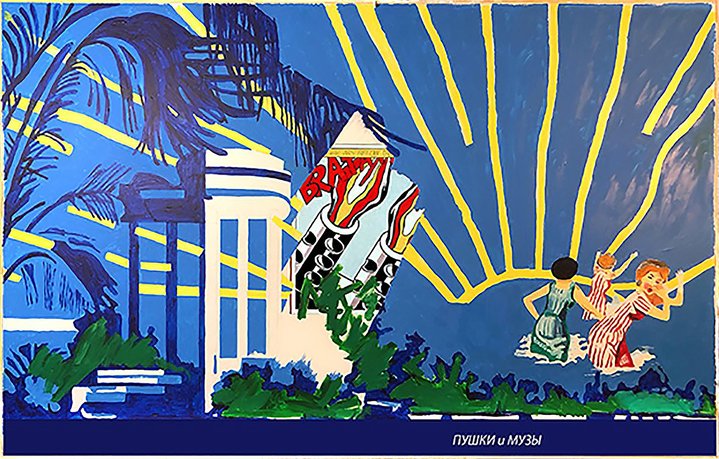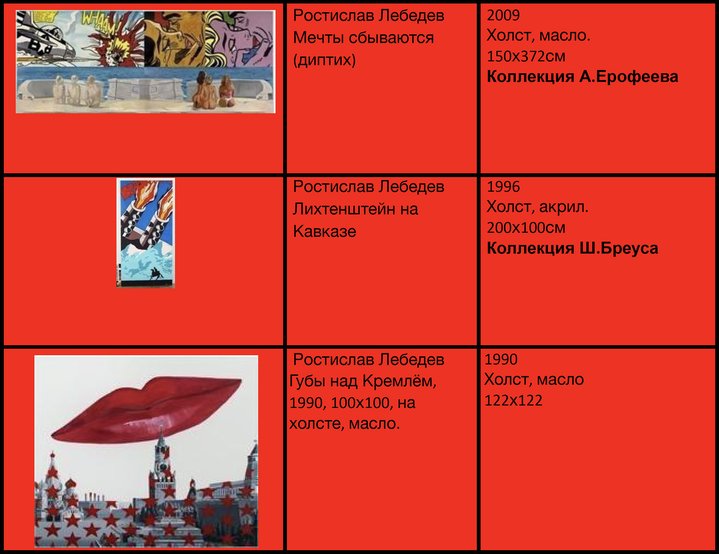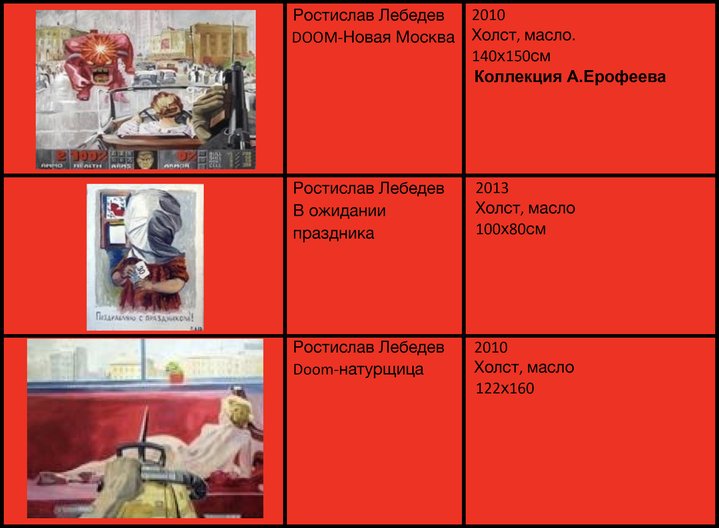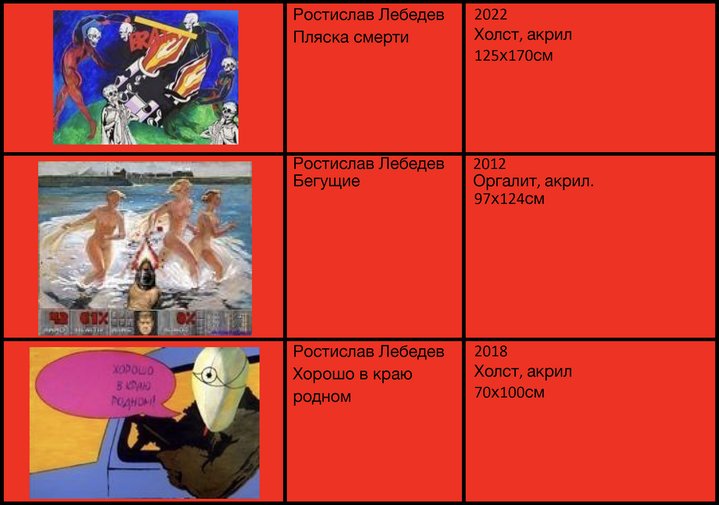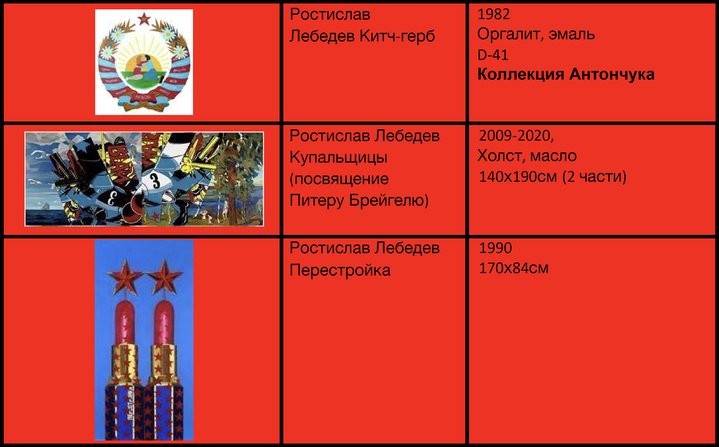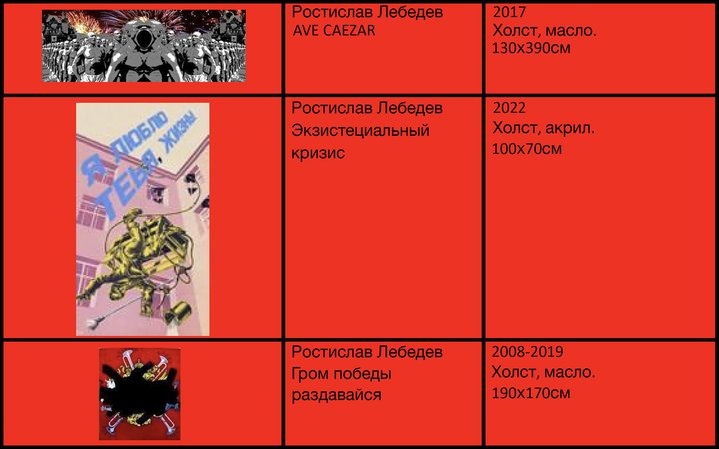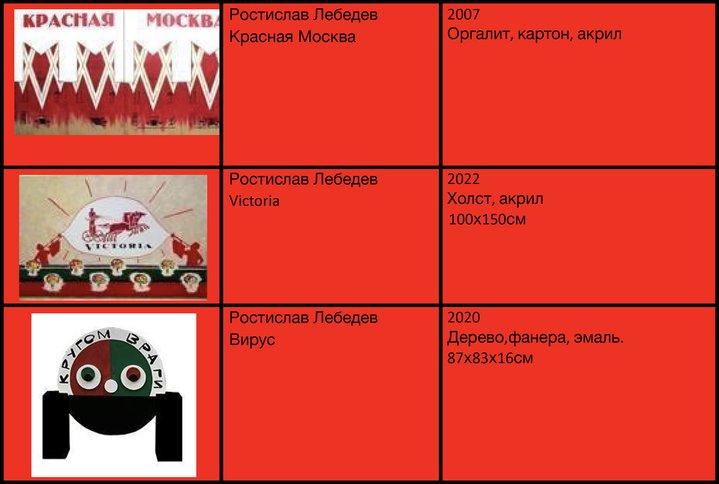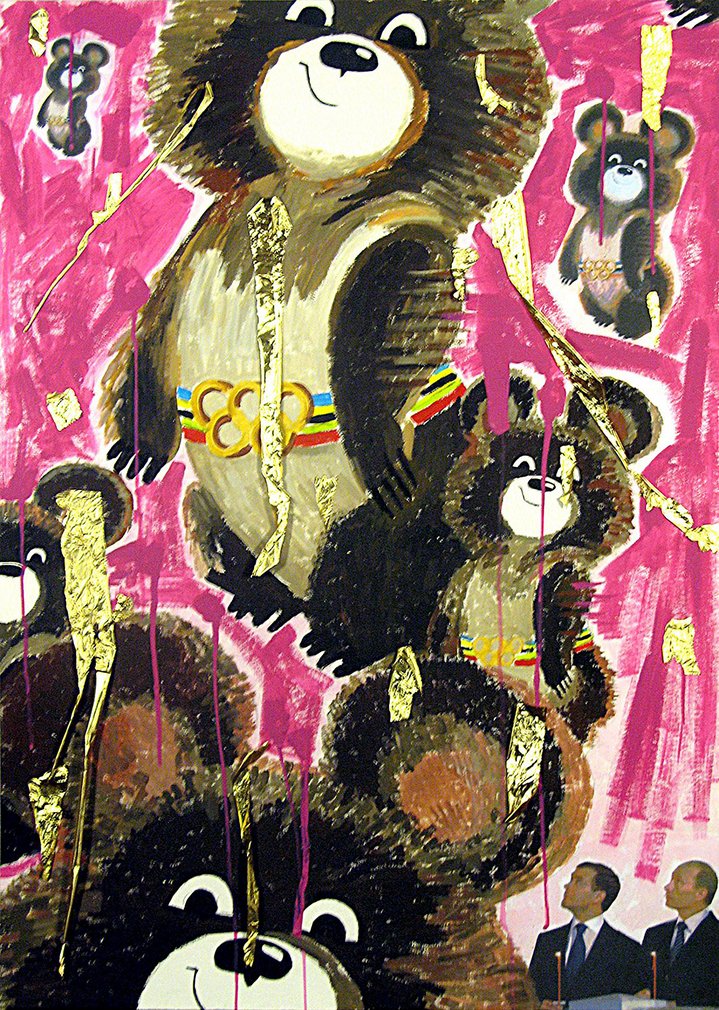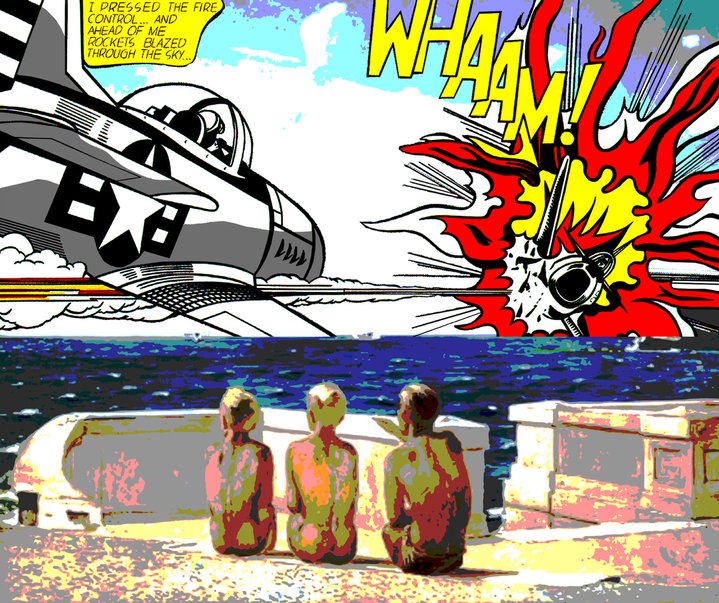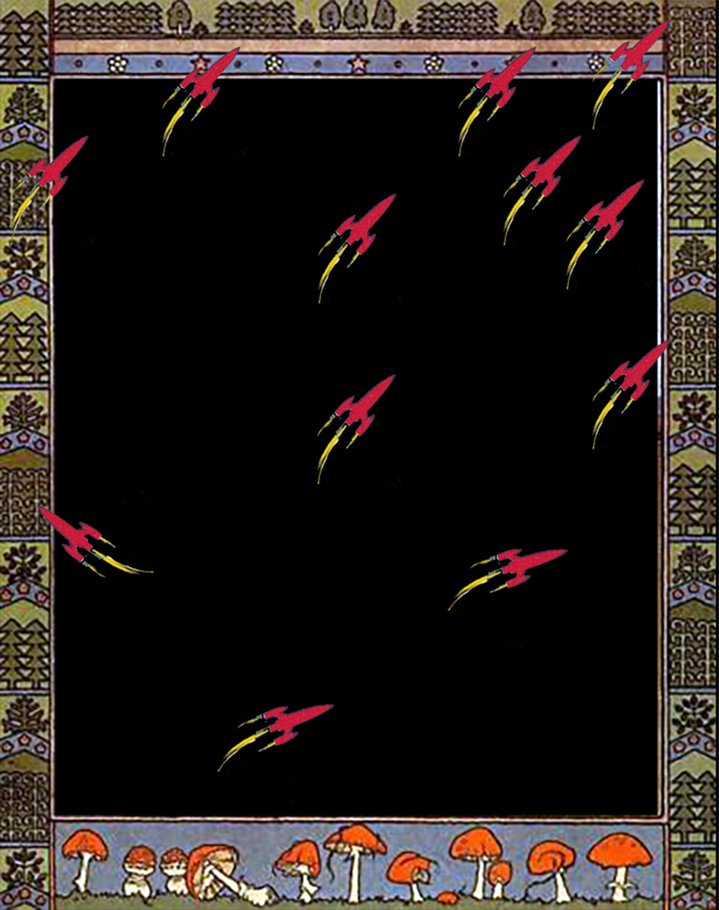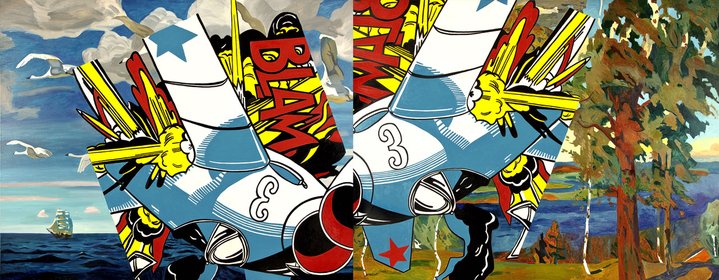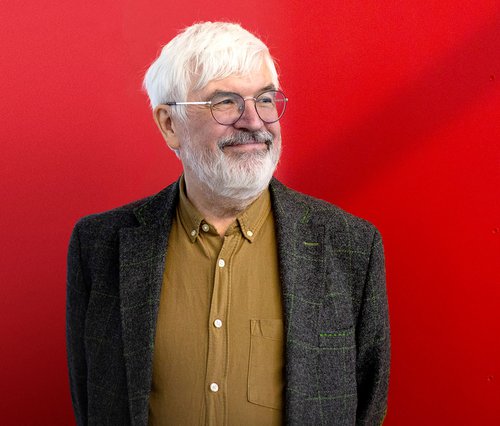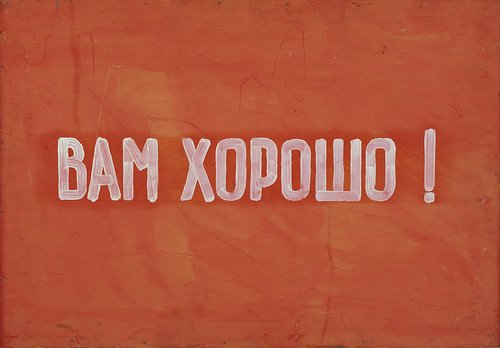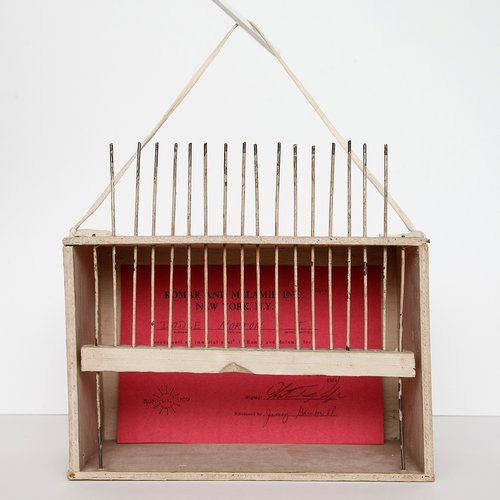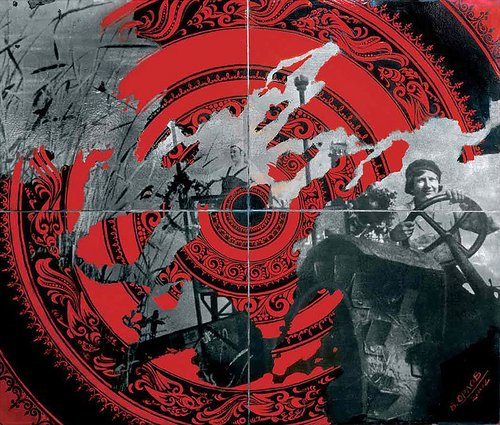Sots-Art Exhibition Censored in Moscow

Rostislav Lebedev. Model. Courtesy of Andrei Erofeev
When a long-awaited retrospective survey of the work of Sots-Art painter Rostislav Lebedev opened at the Moscow Museum of Modern Art many of the works were missing and the curator’s name was absent. Art Focus Now investigates.
While guests at the opening of Rostislav Lebedev’s (b. 1946) solo exhibition ‘Rough Cuts’ were admiring the works on display, they also found themselves staring at empty walls. “There’s only half of the exhibition here” was his brisk riposte when I asked him about this empty space. The curator’s name was also mysteriously missing from its usual place in the text on the wall. This was not the end of the story. A few days later the artist discovered that two more works had been removed from the exhibition. He turned to social media, posting about what had happened, attracting a flurry of comments. Speaking with Art Focus Now, the artist confirmed that nobody had informed him in advance that those works were going to be removed and there was no explanation. The exhibition was organized together with pop/off/art gallery who was responsible for all the logistics: “The gallery called me and said they were bringing me back some paintings that had not been included in the exhibition. Only when they delivered them back to me, I made the unexpected discovery that two of the works had already been on the walls of the museum show”. One of those two paintings includes the image of a TV set with a small face of Russian president Vladimir Putin on the screen. “It was just his face. I have no idea why that had to be removed”, Lebedev added. Although the other painting originally had tiny cut-out silhouettes of Putin and former president Dmitry Medvedev in the corner, yet, wary of the possible censorship issues, the artist had replaced them with the images of Stalin and Field Marshall Kliment Voroshilov for the show. It seems this did not help.
Rostislav Lebedev is a prominent figure of the Sots-Art movement. His works include Soviet propaganda imagery reworked playfully and ironically. “I always work on the axis of two cultures”, he told me. In his works, kitsch and high-brow culture, American Pop Art and classical Russian art often collide in surprising ways. Lebedev likes to quote Robert Rauschenberg’s (1925-2008) famous dictum “Painting relates to both art and life. Neither can be made (I try to act in the gap between the two)” when speaking about his artistic practice. It seems that this approach itself attracts suspicion in today’s Russia.
The exhibition was curated by Andrei Erofeev, a prominent Russian curator and former head of the Newest Trends Department at the State Tretyakov Gallery, the country’s leading museum for national art of both the past and present. Erofeev told me that no less than thirty works from around one hundred that he and the artist had initially chosen for the exhibition, had been forbidden by the censors. Erofeev told me that he only learned that his name was not to be mentioned in the press releases and exhibition catalogue halfway through preparing the exhibition. “The gallery told me, not without a sense of discomfort, that my name was on some list of personae non grata,” he said. Frustrated, he did a social media post which included a few screenshots of the lists of the exhibits where forbidden works were highlighted in red. There were works that included images of nude female bodies, guns or official symbols of the Soviet and Russian states such as the Soviet coat of arms or Kremlin towers. “They cut out all the best works, the most striking, pungent and unexpected ones,” he exclaimed furiously of the censors.
As Erofeev sees it, there are three stages of censorship in Russia today. First comes self-censorship, the initial selection made during early discussions between the curator, the artist, the gallery and the museum. “Based on our experience at the outset we exclude some works that we are sure will not get through”. These are works with clear political or military references, nudity, profanity and religious symbols. Then, this edited list of artworks is sent to each city’s Department of Culture to be trimmed down further (the big state-run museums do not generally report to the city government and those lists are sent to the Russian Ministry of Culture.) They will remove any works with emblems of the State, even old Soviet ones; calls for peace (as Erofeev explains, the word ‘peace’ has been outlawed since the beginning of the Russian-Ukrainian conflict); and even ironic references to classical Russian and Soviet art - joking about such things is, in the eyes of the censors, not acceptable. Finally, even after this, if the censors do happen to have missed something that otherwise might be deemed to be suspicious, they will take it down from the exhibition even after the opening. The reasons for removal of works are not given. When asked on social media why he had gone along with the show even after such treatment, Lebedev replied: “I reasoned that although I could not exhibit all my artworks, it did not matter so much because some of the works were still present which both Andrey and I considered to be particularly important. And I did not think there would be any issues with those ones”. Reality turned out to be even worse than they had imagined.
Rostislav Lebedev. Rough Cuts
Moscow, Russia
9 November, 2023 – 28 January, 2024






